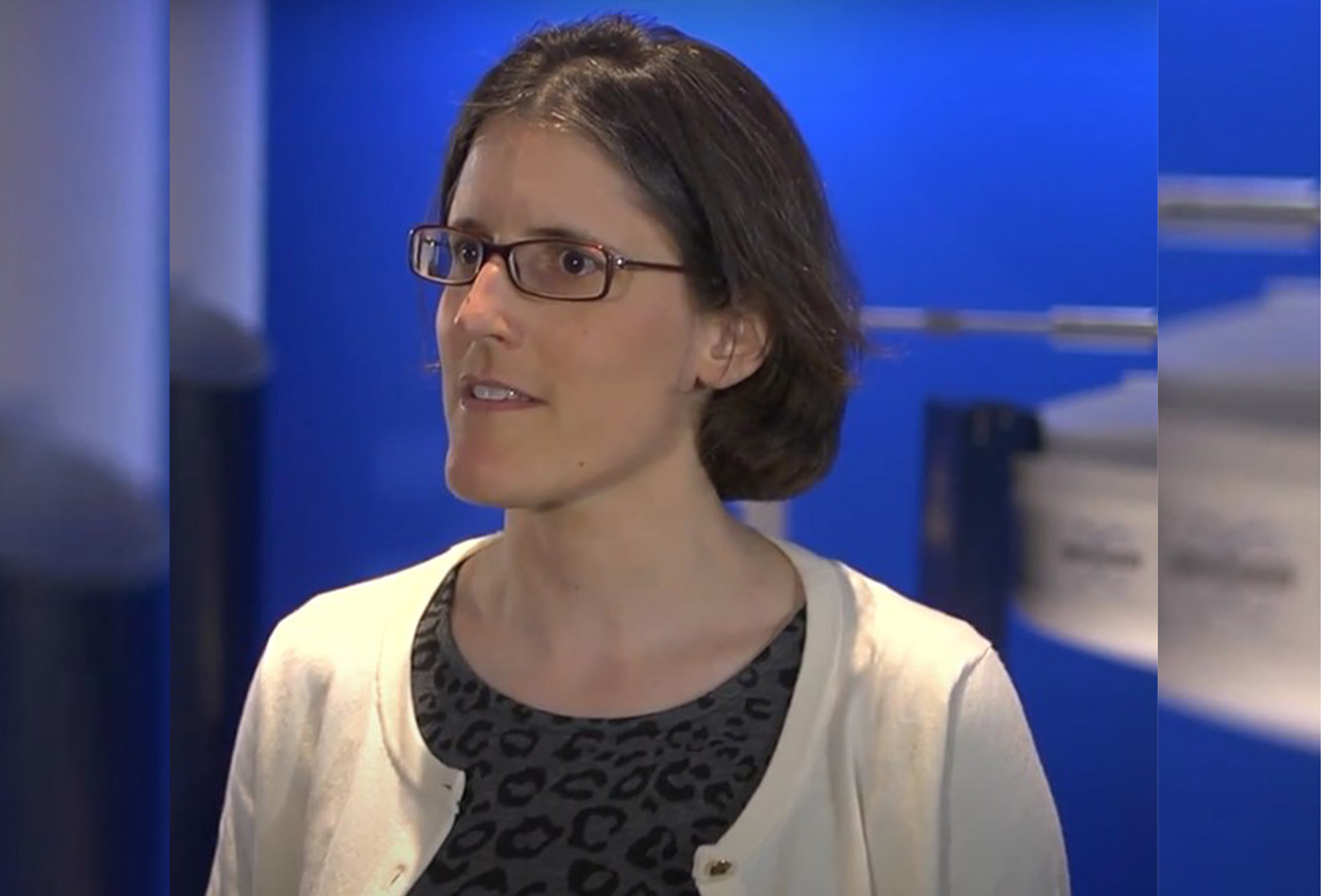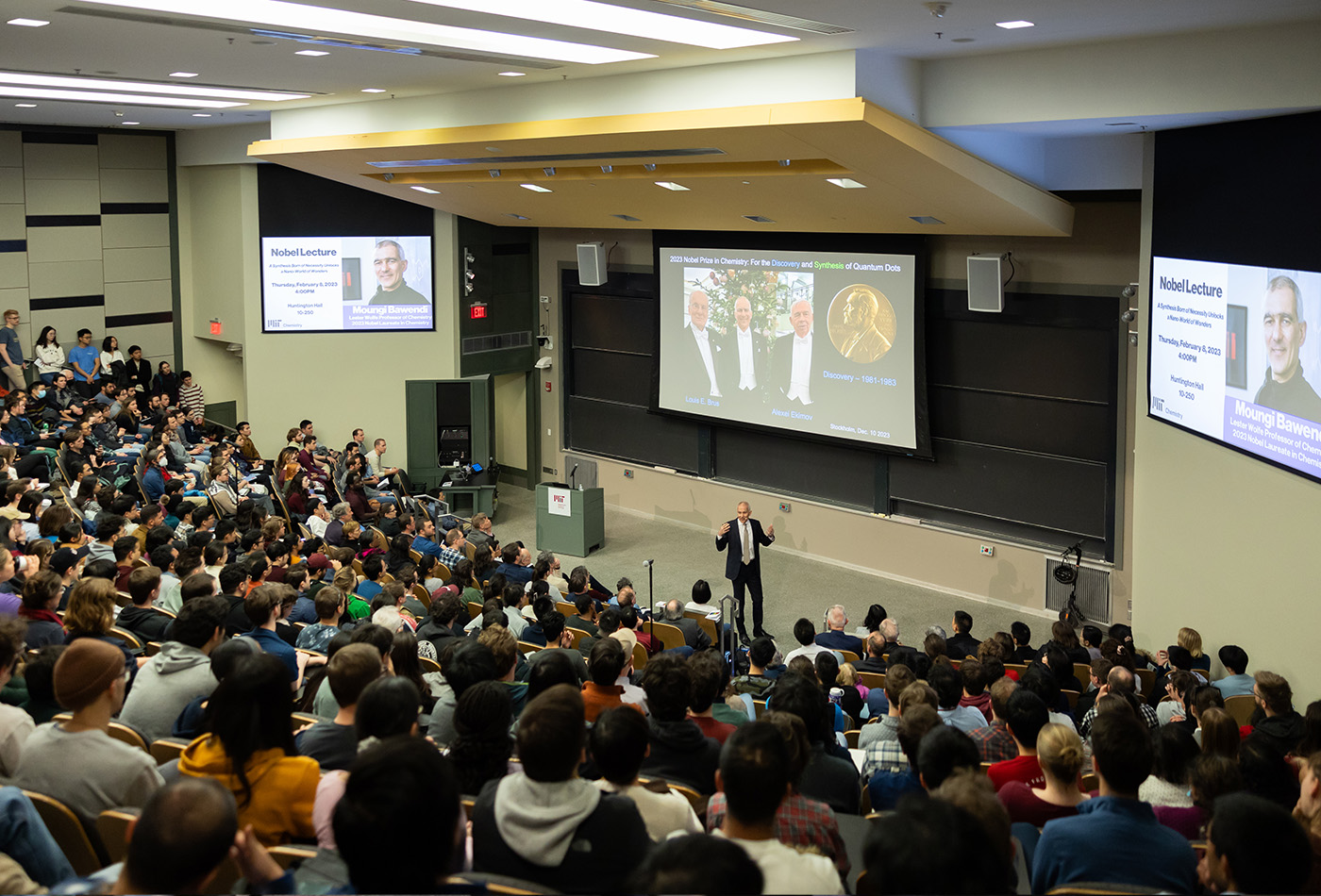Melanie Madeleine Rosay (1973 – 2020)
Rosay (PhD '01), passed away from metastatic breast cancer on November 16, 2020.
It is with great sadness that we learned that our dear friend and scientific colleague, Melanie Madeleine Rosay passed away on November 16, 2020, at the age of 47. She will be missed, both scientifically and personally, by all of us in the magnetic resonance community, as well as by the chemistry and biophysics communities across North America, Europe and around the world. Melanie was born April 10, 1973 in Châtenay-Malabry, a suburb southwest of Paris, to Professor Jean Pierre and Genevieve Rosay. A few months later the family moved to Marseille, where she and her brother André and sister Marianne, spent 13 years of their childhoods. Thereafter, her father’s career as a distinguished mathematician took the family to the US, first for a 1983-1984 sabbatical at UCLA and the University of North Carolina, and then for a 1986 visit to the Department of Mathematics at the University of Wisconsin that developed into a permanent faculty position. Melanie’s mother, who was a high school math teacher in France, became a software engineer. As a result of the move, Melanie completed high school in Madison, graduating in the Spring of 1991.
That Fall Melanie enrolled at Oberlin College, with the intention of majoring in chemistry. She performed senior undergraduate honors research with Professor Terry Carlton on the thermodynamics of solutions. Her introduction to magnetic resonance also occurred at Oberlin when she enrolled in a course on NMR taught by (then visiting) Professor Manish Mehta in the spring of 1994. Manish, who trained in theoretical physics, offered the course with the intention of teaching himself, Melanie, and five undergraduate physics majors the fundamentals of NMR, up to superoperators, by working through Ernst, Bodenhausen and Wokaun. Here, as in so many areas, Melanie excelled, making the highest grade in the class. In 1995 she graduated with high honors, a GPA > 4.00 (possible due to six A+ grades) and election to Phi Beta Kappa. Beyond these academic accomplishments, she was an outstanding member of the Oberlin cross country team (another lifelong love, with her last half marathon in September 2020).
Melanie’s exceptional undergraduate record made her an outstanding candidate for graduate school, and I recall trying to convince her to attend MIT and join our nascent project on dynamic nuclear polarization (DNP). After spending a year at Caltech, she transferred to MIT and decided her thesis would be centered on DNP NMR. At the time we had published the initial room temperature DNP MAS results on BDPA/polystyrene and later a 1D 15N spectrum of T4 lysozyme at low temperatures. Thus, Melanie’s project was to design and build a low temperature DNP MAS probe to use routinely for 2D experiments with our 140 GHz gyrotron. In 2002 she described her results in a JACS paper which contained the initial 2D spectrum of proline, which remains the go-to standard to measure enhancements and resolution, recorded at high field. Along the way Melanie collaborated with colleagues in the group and was involved in using a TE011 resonator for DNP, showed that 1H polarization diffuses from the surface to the center of large virus particles and membranes, and was involved with the initial high-field solution DNP experiments. All of these contributions were very important in establishing the utility of MAS DNP as a spectroscopic technique. In 2001, Melanie presented most of them in her talk at the Chamonix meeting, where Charles Slichter, who performed the first DNP experiments in 1953, sat in the front row. Following the talk, Charlie was very excited, and, with his eternally optimistic smile, declared that someday soon, due to Melanie’s work, “DNP might finally be something more than an intellectual curiosity”.
Like other members of her family, Melanie was an avid skier and hiker, and a member of the Appalachian Mountain Club. During her years at MIT, she would enthusiastically arise at 4:30 AM and depart Plymouth Street in a carpool headed north. On one of these trips, to Sunday River, ME early in December 2003, she met Paul Ricotta. They married in July 2004 in Franconia, NH and their daughter Kate was born July 16, 2007. Together, they were dedicated to the outdoors, and most-welcome advisors to friends and colleagues on seemingly every inch of New Hampshire.
Following completion of her PhD and postdoctoral appointment in 2002, Melanie took a sabbatical from science research to work in Washington, DC as a AAAS Diplomacy Fellow. Then, in 2004, she interviewed for a position at Bruker when they were beginning to consider developing gyrotron based DNP into a commercial product. She was hired for the position and over the last 15 years led the group that developed a very successful series of spectrometers operating from 400 to 900 MHz. These instruments, include low temperature probes with sample exchange capabilities, cryogenic cabinets that allow operation at 100 K, gyrotrons operating from 263 GHz to 590 GHz, and microwave transmission lines. She was also involved in the development of efficient polarizing agents for DNP, including AMUPol, in collaboration with the group in Marseille. Her most recent projects included the development of a klystron oscillator that can be used at low frequencies and moving DNP to narrow bore magnets and to the higher frequencies available with the 1.2 GHz HTS magnets.
Besides developing the instrumentation for DNP, which made the technique broadly available to our community, Melanie generously shared her knowledge, insights and access to instruments with the community. Most of the current and prospective practitioners of the art have spent time in Bruker-Billerica labs and performed experiments under her tutelage. Otherwise, they have communicated in detail with her about procedures. These contributions to the field resulted in Melanie receiving the R.R. Vold Lectureship at the 2019 Alpine Conference. Lucio Frydman’s final slide in the presentation honoring Melanie described her as “arguably the single most important person behind the solids DNP revolution happening in your lab”. It is fair to state that her research significantly advanced the field and the careers of countless fellow scientists.
In addition to Melanie’s outstanding success as a scientist and intellectual leader, she remained a very warm and caring person, one with whom everyone in the community looked forward to interacting. Concurrently, she was a remarkable force in our scientific community, a vital member of the ENC executive committee, and a prolific source of new ideas and directions for research. She was generous with her colleagues and provided scientific and technical assistance to her competitors. Melanie was a champion of women in the field of magnetic resonance and of science in general, helping to jump start the careers of female assistant professors on multiple occasions. She took great pride in what she and her colleagues at Bruker accomplished and was excited about the topics that were on the intellectual and technical horizon. Melanie will be remembered for many things – her scientific contributions, her pursuit of excellence, her indefatigable spirit, and her enthusiasm for the outdoors, science and life. Melanie’s passing is a huge loss for our community, personally and scientifically. We extend our heartfelt sympathy to her husband Paul, her daughter Kate, and her parents and siblings.
This obituary, written by Professor Robert Guy Griffin, will also appear in the Journal of Magnetic Resonance.
Acknowledgements: Professor Griffin would like to acknowledge contributions from James Kempf, Manish Mehta, Paul Ricotta and Jean-Pierre Rosay.





